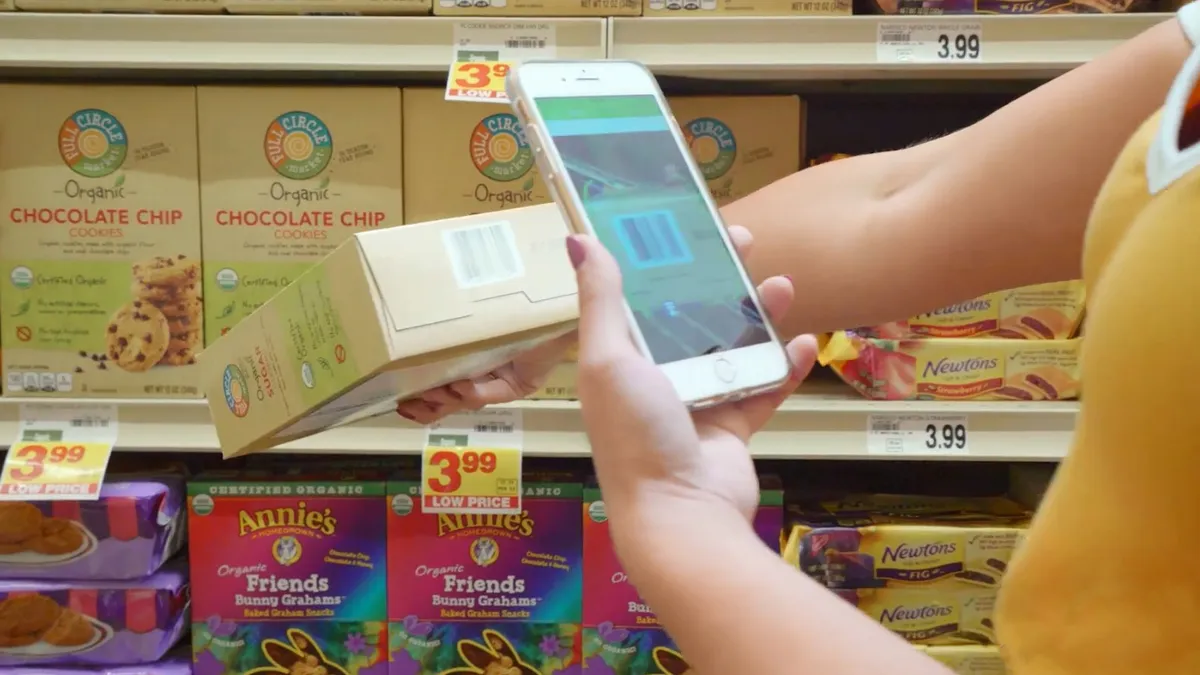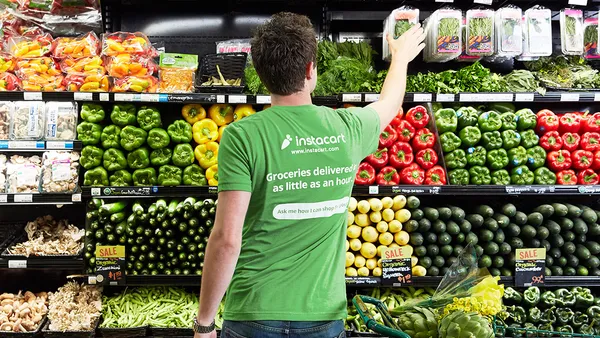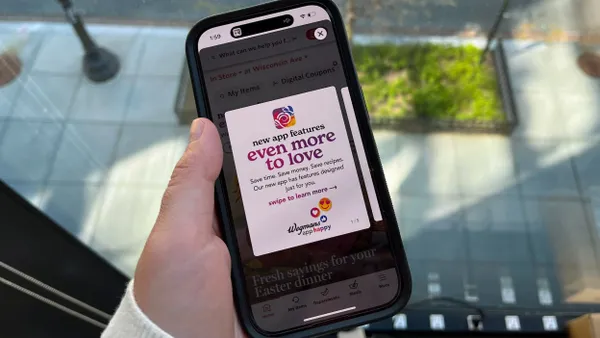Keith Knopf, President & CEO of Raley’s and David Moran, Chairman & Co-founder of Eversight - booth #1234
Leaders in the retail industry have been hearing it for years: brick and mortar is dying. Innovation is the way of the future and brick and mortar retailers are too anchored to tradition to make it to the winner’s circle.
We’d argue that sentiment is only half true. It’s clear that the industry is changing at a rapid pace and innovation is a necessity, but that doesn’t mean physical retail is dead. It means boring, bad physical retail is. Instead of allowing brick and mortar stores to be anchors, retailers should be leveraging them as the assets they are. From electronic shelf labels to AI-fueled pricing and promotions, physical stores are full of untapped potential for innovation that traditional retail can use to compete with (and differentiate from) eCommerce-native competition like Amazon and Boxed. To succeed in the wake of nimble eRetailers, industry giants need to invest in people and technology focused on innovation and structure processes that allow teams to take calculated risks. And they need to act swiftly. Consumers aren’t going to wait around for brick and mortar to define the future; if retailers wait too long, consumers will do it.
Historically, physical retail has been hyper-focused on protecting the P&L, and in slower moving markets that was an acceptable guidepost for doing business. But the market is now outpacing brick and mortar’s ability to adapt and grow, and it’s vital that retailers focus on developing a culture of innovation to match up. Start by changing performance incentives; employees that are focused on innovation should be publicly rewarded. They don’t necessarily need financial reward to create a culture shift, but they do need recognition. Ideally, as teams are highlighted and elevated for their initiatives, other employees will be encouraged to partake in innovative projects. But positive reinforcement isn’t the only dynamic at play; consequences are equally important. Teams should be able to make innovative (informed) choices without the fear of losing out on bonuses or promotions if the short-term result causes them to miss plan or fall short of forecasts. This doesn’t mean that P&Ls should be tossed to the wayside; far from it. It means that retailers need to get comfortable taking on calculated, short term risk in order to achieve long term success.
So as a retailer, how do you decide where to invest your dollars to maximize performance?
Testing. Testing. Testing.
It is critical for large retailers to implement a test-and-learn approach throughout their organization, so they have a way to skirt their size and start small. Plant the seed of something new, and if issues develop along the way, the scope is small enough that teams can pivot and iterate on the original idea. It’s important to note that a small scope doesn’t equate to a small investment; providing enough resources is crucial to facilitating success. If there’s too little investment, it’s like not putting enough gas in the car for a road trip and then blaming the car when you fall short of the destination. Adequate investment, in terms of both time and money, is the ante to truly proving out a potential innovation. If adequate resources are devoted to testing an innovative idea, and it fails, teams can move on with new learnings and without having delivered a large-scale loss.
While changing organizational culture, investing in innovative teams, and creating a solid process for testing ideas can be a daunting set of tasks, the beauty of today’s world is that this new version of a retailer doesn’t have to be built from scratch. Technologies that facilitate the innovations that will advance brick and mortar’s position in the retail landscape (like Eversight!) can be utilized to equal levels of success by both retailers with zero experience and no idea how to get started and those that have the benefit of being established early adopters. They only need to have one thing in common – a desire to better serve the shopper.
Armed with new technologies, changes in employee incentives, and a test-and-learn approach to innovation, leveraging the physical store to adapt and grow brick and mortar retail becomes entirely doable. So, don’t wait any longer to invest in innovation and play a hand in shaping the future of retail.
The innovation process is like a tree. The best time to plant it was ten years ago, but the second-best time is today.
To learn more about specific applications of test-and-learn in physical retail join us during our Big Ideas session at NRF2020. Keith Knopf, President & CEO of Raley’s and David Moran, Chairman & Co-founder of Eversight will discuss how AI-powered experimentation, coupled with merchant coaching software, is charting the new course in pricing optimization for multi-channel consumer packaged goods retailing. In a dynamic and customer-centric marketplace it's time to throw out historical analysis and rules-based approaches. Keith and David discuss how a new experimentation-led approach continuously empowers retailers to closely align their pricing strategies to their shoppers and brand strategy - adaptively unlocking latent sales, profit and share growth.
NRF2020 Big Ideas Session:
Current, Correct and Complete - Breaking Boundaries in Pricing
Monday January 13, 1:30pm-2:00pm, Stage 3, Expo, Level 1
Keith Knopf, President & CEO of Raley’s and David Moran, Chairman & Co-founder of Eversight - booth #1234










